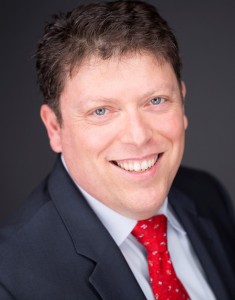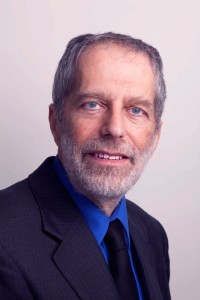By Diana Brement, Jewish Sound Columnist
1 Unless you’re a prosthodontist or the managing partner of a law firm, chances are you’ll never read these books — and might never have heard of them until now.
“Soft Tissue Management: The Restorative Perspective,” Ariel Raigrodski’s first book, comes out in May. It’s “for the restorative general dentist as well as the periodontist,” he says. The Israeli-born author is a professor at the University of Washington with a private restorative, implant and esthetic dentistry practice in Bothell. He is also a photographer who considers his work to be part technological and part artistry — most of the photos in the book are his.

“This book truly discusses how to blend the teeth and implants with the restorations on top and the soft tissue, the gums,” he explains, to achieve a balance of esthetic appeal and health. He uses his photographs in patient care, to diagnose and track progress for both his and the patient’s benefit.
Prosthodontics is “an amalgamation of art, science and patient care,” observes Ariel, “and that’s why I love this profession.”
Born and raised in Tel Aviv, he says his dad’s interests in technology and art inspired his career choice. Ariel went directly to dentistry school from high school and studied in Jerusalem for six years before entering the army as a dentist, stationed at the Lebanese border.
“I was treating the people who truly deserved it,” he says, and doing some moonlighting at kibbutzim nearby.
After working at headquarters of the army’s chief of staff, Ariel was encouraged by a friend to study at Tulane. His wife Dana, an attorney, followed. He then taught there while Dana completed a master’s and Ph.D. at LSU. Two of their three children were born there.
The couple moved to Seattle 11 years ago when Ariel became a professor of restorative dentistry at the UW. In demand as a speaker, he presents around the world to professional dental organizations and academies in places as varied as Nebraska and Mumbai. He especially enjoys travel if his family is with him, but he likes “teaching and interacting with people” best, he says.
“I try to keep it interactive,” he says of his talks. Dialogue “is the most productive way of learning…whether I teach in the school or I’m seeing a patient.”
When he’s not teaching, seeing patients or writing you’re most likely to find Ariel on a soccer field — all his kids, ages 15, 13 and 9, play soccer at an elite level. The family belongs to Congregation Beth Shalom.
2 When he left Microsoft about eight years ago, Steven Levy wasn’t quite ready to retire, but he wanted to work less than full time.
Having spent six years at the software giant running technology and operations for legal and corporate affairs, he realized that he not only liked working with lawyers, he gained some insights into how law firms could better serve their clients.
So, he says, “I wrote the book that defined the field of legal project management” (cleverly titled “Legal Project Management”), formed his company, and now gives workshops around the country.
The firm is Lexician (rhymes with ‘magician’), which matches the firm’s phone number. Plus there were very few names “left in the dot-com world that [were] pronounceable” at the time, says Steven.
“Legal project management is applying techniques and principles of project management to legal cases,” he explains. “It has been a hole in the business of law.”

Senior lawyers already spend at least a third of their time managing projects, doing the business of law, which is not taught in law school.
“I don’t promise to make it fun,” he says, but he can promise “to make it less painful.”
Steven grew up in Woodmere on Long Island, N.Y., and attended Rensselaer Polytechnic, but dropped out because he wasn’t interested in studying chemistry or math and you “could not get a degree in computer science back then.”
Living in various places around the city, including Brooklyn before it was cool, Steven became part of the Greenwich Village folk music scene, playing guitar and hanging out “with people…who became more famous and successful than I did.” Finishing his degree at City University of New York, he started working in publishing. This led him to software when he became an early adopter of using personal computing to track sales.
Arriving in Seattle on Halloween in 1988, Steven went to work for Quicksoft, where he met his wife, Anya Levysmith. He still enjoys playing a little guitar and a little golf, too. He and Anya have two teenage children and belong to Temple Beth Am in Seattle.